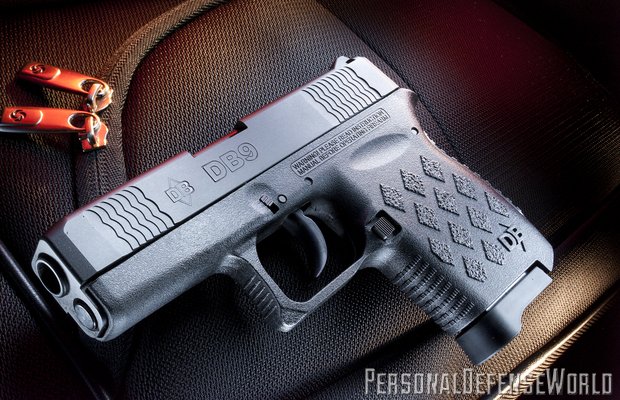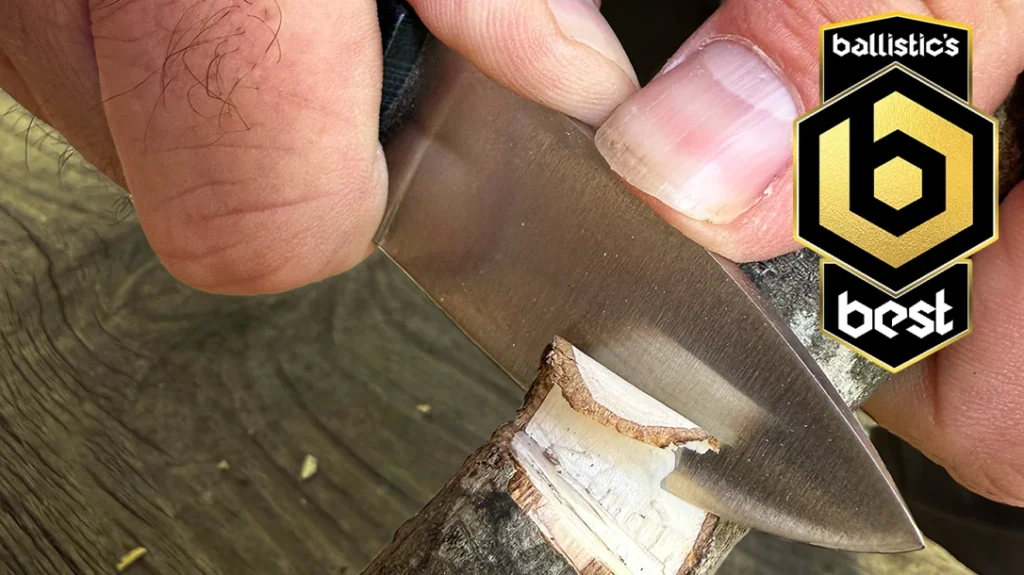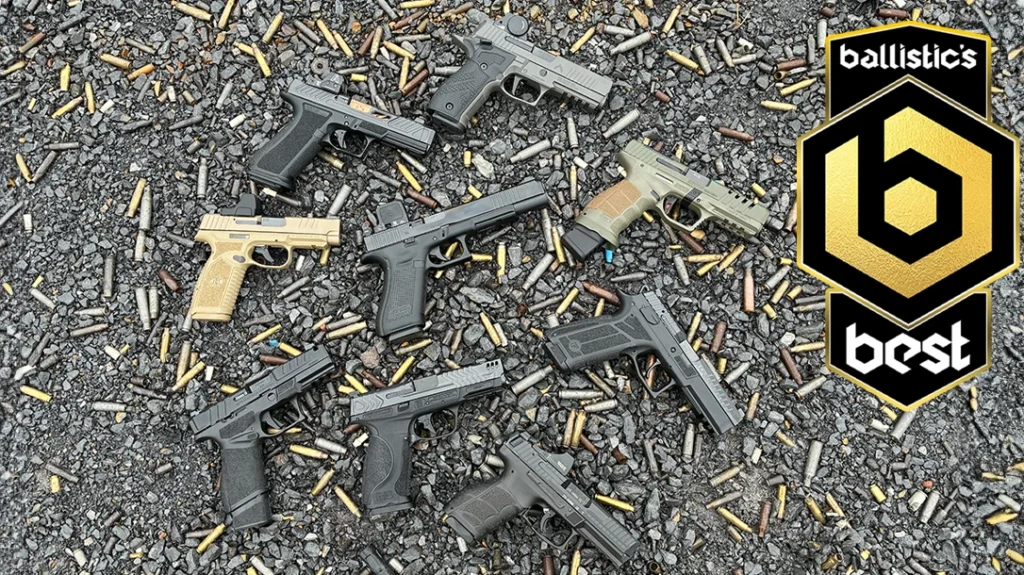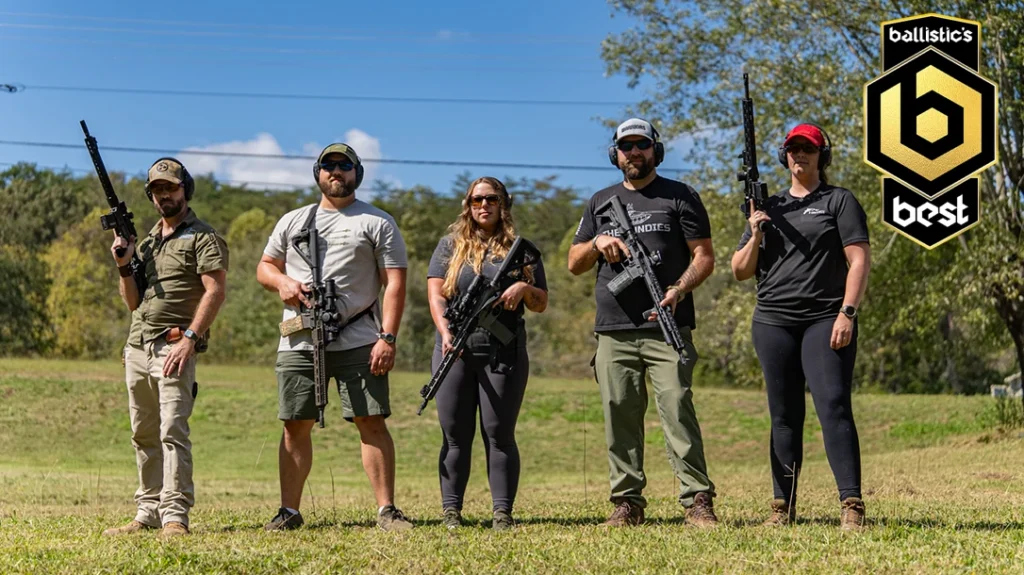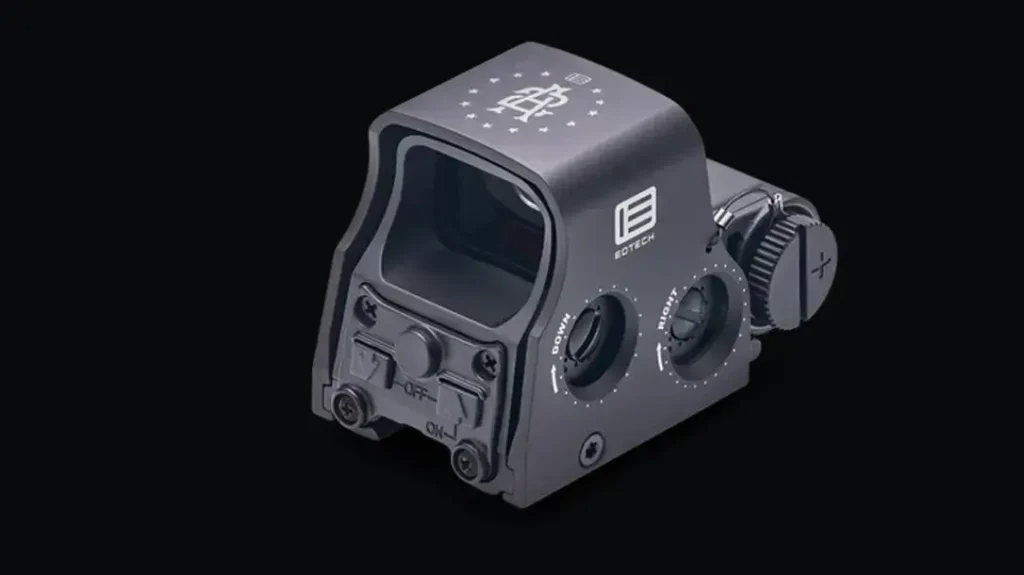Big guns are heavy and uncomfortable to carry, so we wind up finding excuses to leave them at home. That’s never a good idea. One alternative embraced in droves in recent years is a subcompact, polymer-frame .380 ACP pistol. But let’s face it, that cartridge is only good for one-shot, instant neutralization of the bad guys in movies. In real life, the .380 cartridge is a bit anemic and underpowered.
A big step in the right direction is the new Diamondback DB9 subcompact in 9mm, which is surprisingly more powerful than the .380 ACP when fired from these guns. For example, factory ballistics for Federal Premium Hydra-Shok ammunition lists the .380 with a 90-grain bullet as traveling 1,000 feet per second (fps) from the muzzle. This creates 200 foot-pounds of energy (fpe), which to be honest, when trying to stop a drug-crazed, prison-hardened bad guy ain’t much. A 124-grain Hydra-Shock 9mm cartridge, however, will travel at 1,120 fps and produce 345 fpe, which is almost a 60 percent increase in energy. There is also about a 65 percent increase in momentum, which is a good way to measure the potential for penetration—a critical factor with these smaller cartridges and lightweight bullets. So when we can carry it, the stronger 9mm cartridge in a pistol that is essentially the same size as a polymer-frame subcompact .380 ACP handgun, it makes a lot of sense.
Gun Details
The Diamondback DB9 is a little pistol and is only slightly larger than the Diamondback DB380 model. Both have six-round magazines. The DB380 weighs 8.8 ounces while the Diamondback DB9 checks in at 11 ounces. The Diamondback DB9 is 0.050 inches thicker. The length of the DB9, at 5.6 inches, is about 0.40 inches longer than the DB380. With a finger-extension magazine in the gun, the height, from the top of the rear sight to the bottom of the grip on the DB9, measures 4 inches. The grip, of course, is about 0.30 inches wider to allow for the longer cartridge. The Diamondback DB9 has a 3-inch barrel, while this DB380 has a 2.8-inch barrel. When you add it all up, there is not much different in the sizes of these pistols. The DB9 is just as well suited for pocket carry, but it packs a more serious punch.
Advertisement — Continue Reading Below
I have average-sized hands and I can get two fingers on the grip below the triggerguard if I use the finger extension magazine. The frame is polymer with metal used for the important parts like the slide rails, ejector, etc. The slide is steel and has serrations milled in front and back.
The gun is advertised with a 5-pound trigger pull, but mine averaged just over 6 pounds on a Lyman trigger pull scale. The front sight is a low front ramp with a white square. The rear sight has two white dots and is adjustable for windage by drifting it in a milled dovetail.
Range Time
While recoil is a little stiff compared to a .380 ACP, I could easily control the handgun for rapid-fire strings. With some practice, my splits between shots from 3 yards were around 0.24 seconds; from 7 yards, they were 0.36 seconds while keeping all the shots in center of mass. High-speed photos confirmed that I am in full control of the gun through the recoil cycle. I can’t shoot it as fast as my full-size 9mms. But, considering this gun weighs 58 percent less than my S&W M&P 9mm pistol, and that I can’t get my entire hand on the grip, it is pretty amazing how fast follow-up, aimed fire is possible. I should note as well that the ejector throws the brass a long way. It would not stay on the big tarp I use for catching brass and much of it was lost in the tall grass. In case you are wondering, this is a good thing for a defensive pistol.
Advertisement — Continue Reading Below
The long trigger pull on a small-framed gun, combined with the rather stiff weight, made precision shooting difficult, so the accuracy figures included probably don’t reflect what the gun could do from a machine rest. It’s not important, however, because this is not a target gun—this is a close-range, self-defense pistol, and for that use, the design is correct.
I found the gun to impact pretty low when using the standard sight picture, enough so that a low center-mass shot will likely impact the bad guy’s manhood. This can be corrected by adjusting the sight picture or by filing the front sight shorter. I am a huge fan of laser sights on any defensive gun, but none more so than on a subcompact pistol. Crimson Trace will have one soon for this gun.
I had one failure to eject and the gun didn’t completely close into battery twice. The failure to close into battery was with the same ammo and did not happen any other time, so I suspect ammo contributed to the problem. I had two failures to feed, but both were with a spare magazine that I ordered, so it may well have been a magazine problem. All these occurred during the initial shooting, which I did from the bench to measure velocity and accuracy. This is consistent with any new pistol and Diamondback even states in the manual that the gun should have a least 50 to 100 rounds fired through it to break it in before it will run reliably. I expect any new semi-auto firearm will have a few hiccups until things settle.
Advertisement — Continue Reading Below
In the end, this gun proved as reliable as any similar firearm I have tested. By the time I changed to shooting drills with a timer, I had lubed the pistol and it had about 100 rounds through it. I didn’t experience any further problems. With proper break-in and lubrication, the gun now runs fine.
Final Notes
The Diamondback DB9 has proven to be a reliable addition to the subcompact family of handguns, and due to the powerful cartridge, it is the big brother, the enforcer, the leader of the pack. It will find a home in my front pocket for those days when carrying a subcompact makes sense, and I will be much more at ease about the power level if the worst happens and I need to use the gun to defend myself or my family. Find out more by visiting diamondbackfirearms.com or calling 888-380-2767.
